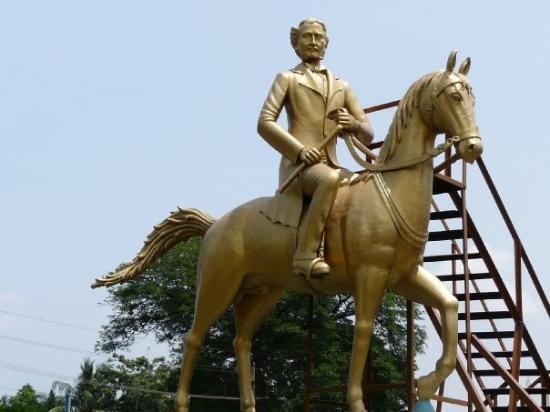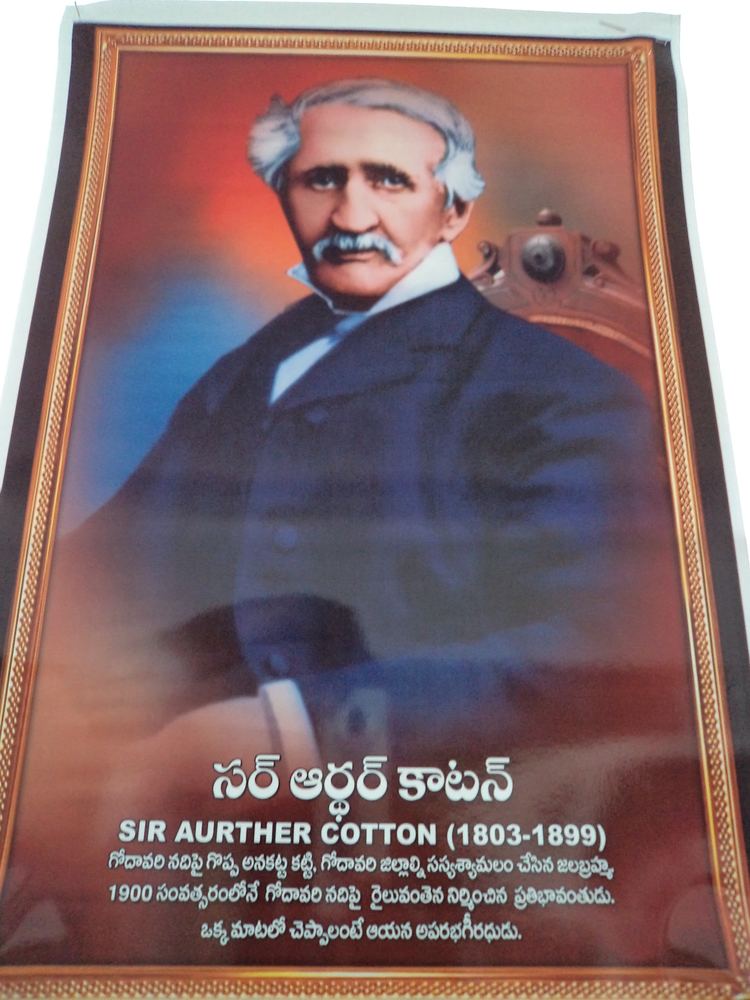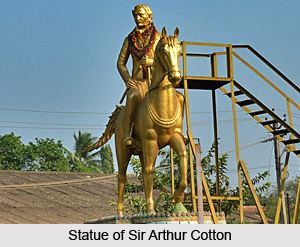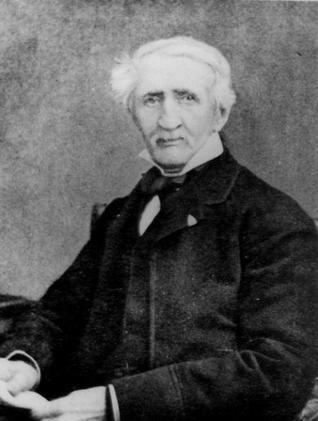Rank General officer | Role Engineer Name Arthur Cotton | |
 | ||
Children Elizabeth Cotton, Lady Hope | ||
Battles and wars First Anglo-Burmese War | ||
Talli godari cotton dora a short film on sir arthur cotton by t balachander
General Sir Arthur Thomas Cotton KCSI (15 May 1803 – 24 July 1899) was a British general and irrigation engineer.
Contents
- Talli godari cotton dora a short film on sir arthur cotton by t balachander
- Greatness of sir arthur cotton father of godavari dam godavari pushkaralu special
- Biography
- Assessment
- Homage
- His works
- References
Cotton devoted his life to the construction of irrigation and navigation canals throughout British India. He helped many people by building the Prakasam Barrage, the Dowleswaram Barrage (Dhavaleshvaram Dam) and the Kurnool Cuddappah Canal (K. C. Canal). His dream was only partially realised, but he is still honoured in parts of Andhra Pradesh and Tamil Nadu for his efforts. The Sir Arthur Cotton Museum has been built in his honour in Rajahmundry, Andhra Pradesh. The museum holds approximately one hundred images and 15 machine tools that Cotton used when constructing the barrage in Andhra Pradesh from 1847 to 1852.

He entered the Madras Engineers in 1819, and fought in the First Burmese War. He was knighted in 1861.
An evangelist, he was the father of fellow evangelist Elizabeth Hope.

Greatness of sir arthur cotton father of godavari dam godavari pushkaralu special
Biography

Arthur Cotton was born on 15 May 1803 at Combermere, the tenth son of Henry Calvely Cotton, uncle of the noted Field Marshal Lord Combermere, and one of eleven brothers. In 1818, aged 15, he became a cadet at the East India Company's military seminary at Addiscombe, Surrey. He passed out in December 1819, and was commissioned Second Lieutenant in the Madras Engineer Group.

He started his career with the Ordnance Survey at Bangor, North Wales, in January 1820, where he was praised for his reports. In 1821 he was appointed for service in India, where he was initially attached to the Chief Engineer to Madras. He was later appointed as an Assistant Engineer to Superintending Engineer of the Tank Department.
Cotton conducted a marine survey of the Pamban passage between India and Ceylon. He was promoted to the rank of Captain in 1828, and was put in charge of Investigation for the Cauveri Scheme. He started working to remove the soil settling in Kallanai Dam and with the model of the dam he built the Upper Dam in Cauveri in Mukkombu, near Tiruchirapalli, and the success of these projects paved the way for further important projects on the Godavari and Krishna Rivers.
Cotton once recalled how, after analysing the Kallanai Dam and the basement of the dam, they learned how to build the basement in a place full of bed of sand. In 1844 Cotton recommended the construction of an "anicut" (a dam made in a stream for maintaining and regulating irrigation) and prepared plans for Visakhapatnam port. In 1847 the work on the Godavari anicut was started.
In 1848 he proceeded to Australia due to ill health and handed over the charge to Captain Orr. In 1850 he returned to India and was promoted Colonel. He succeeded in completing the magnificent project on Godavari river at Dowleswaram in 1852.
After completing the Godavari anicut Cotton shifted his attention to the construction of the aqueduct on Krishna River. The project was sanctioned in 1851 and completed by 1855. After completing the Krishna and Godavari anicuts, Cotton envisaged the storage of Krishna and Godavari river waters.
In 1858 Cotton came up with still more ambitious proposals connecting almost all major rivers of India and suggested drought-relief measures in Odisha and interlinking of canals and rivers. Arthur Cotton was retired from the service in 1860 and was knighted in 1861 and left India. In 1862 and 1863 he visited India and offered advice on some river valley projects.
His work in India was so much appreciated and honoured with K.C.S.I (Knight Commander of the Order of the Star of India) in 1877. He became a much revered figure in the state of Andhra Pradesh for his contribution in irrigating the area of land also known as Konaseema.
In recognition of his contributions, the new barrage constructed across River Godavari upstream of the anicut was named after him, and dedicated to the nation by the Prime Minister of India, Indira Gandhi, in 1982. He is revered in the Godavari District for making it the "rice bowl" of Andhra Pradesh. He is known as the "Delta Architect" of the Godavari District because of his pioneering work in irrigation engineering.
Cotton died on 24 July 1899.
Assessment
Cotton was hated by his administrative superiors—thanks to his loving attitudes towards the people of India. At one point impeachment proceedings were initiated by his superiors for his dismissal
Going through the famine and cyclone-ravaged districts of Godavari, Cotton was distressed by the sight of famished people of the Godavari districts. It was then that he put in process his ambitious plans to harness the waters of the mighty Godavari for the betterment of the humanity.
John Henry Morris in Godavari writes about the work of Cotton:
The Godavari anicut is, perhaps, the noblest feat of engineering skill which has yet been accomplished in British India. It is a gigantic barrier thrown across the river from island to island, in order to arrest the unprofitable progress of its waters to the sea, and to spread them over the surface of the country on either side, thus irrigating copiously land which has hitherto been dependent on tanks or on the fitful supply of water from the river. Large tracts of land, which had hitherto been left arid and desolate and waste, were thus reached and fertilised by innumerable streams and channels.
In 1878, Cotton had to appear before a House of Commons Committee to justify his proposal to build an anicut across the Godavari. A further hearing in the House of Commons followed by his letter to the then Secretary of State for India reveals his ambition to build the anicut across the Godavari. His letter concluded: "My Lord, one day's flow in the Godavari river during high floods is equal to one whole year's flow in the Thames of London". Cotton almost despaired at the British Government's procrastination in taking along this project.
That Government of India's plans to interlink rivers was long envisioned by Cotton is a fact.
Homage
Pindaparadhanam (pinda) was offered as homage to the Arthur Cotton during 2015 Godavari Maha Pushkaram by Palakollu MLA Nimmala ramanaidu.
